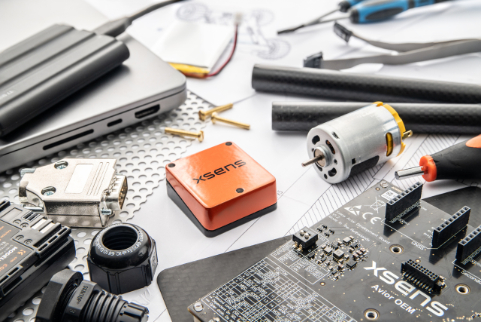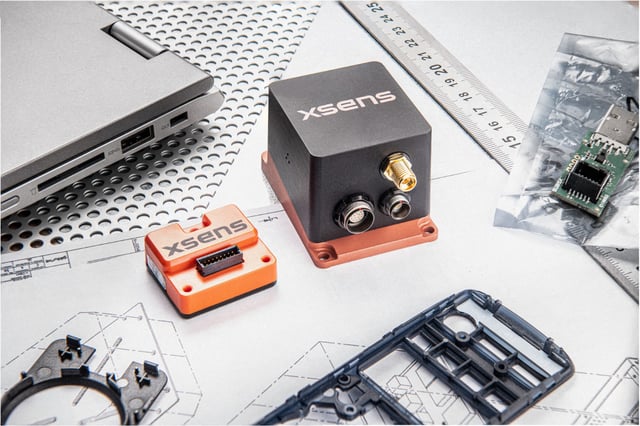With over two decades of motion-tracking innovation, Xsens integrates high-precision gyroscopes, accelerometers, and magnetometers through advanced onboard fusion algorithms, optimized for long-period marine motion.
Key benefits:
-
Real-time onboard processing (no post-processing required)
-
Sub-2 ms latency for responsive control systems
-
Reliable performance in both low- and high-dynamic environments







-edited.jpg?width=640&name=Marine-2(hr)-edited.jpg)


